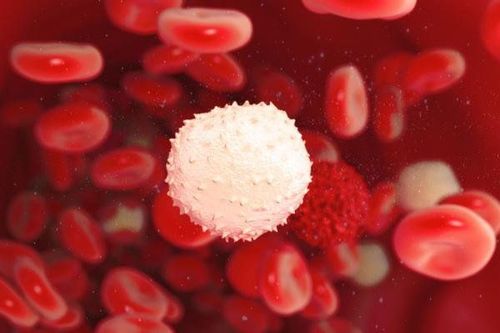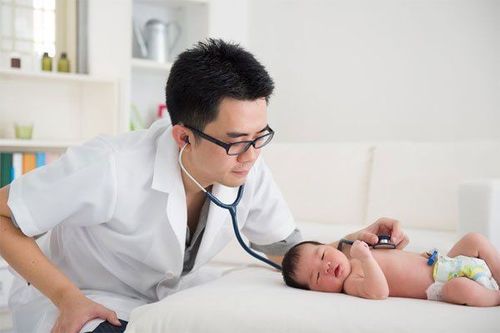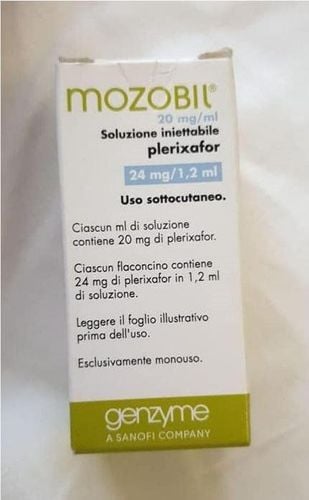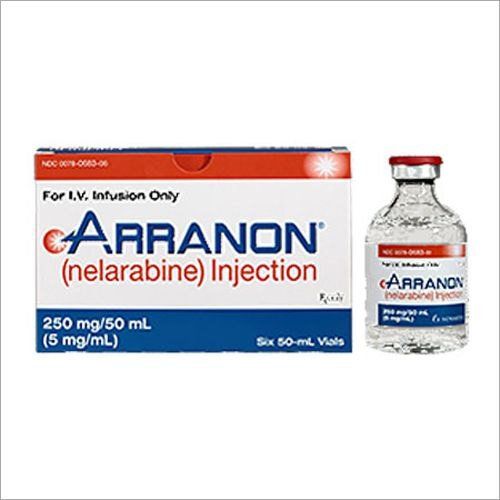This is an automatically translated article.
How long does non-Hodgkin lymphoma live, and whether non-Hodgkin lymphoma is curable is a concern for many patients and families.Although non-Hodgkin lymphoma is a malignant cancer, however, the ability to treat effectively and the remission rate as well as the survival time of patients after treatment is high.
1. Is non-Hodgkin lymphoma curable?
Non-Hodgkin lymphoma is a cancer that originates in the lymphatic system, which protects the body from infection and disease. Currently, non-Hodgkin lymphoma is treated with the following 4 main methods:Chemotherapy. Radiotherapy method. Immunotherapy: using monoclonal antibodies or drugs that suppress CAR-T cells and immune checkpoints. Targeted therapy: the use of new drugs that can block some of the functions of lymphoma cells. In the conventional treatment of non-Hodgkin lymphoma, a combination of the above treatments may be used. Besides, the surgical method to remove the tumor or stem cell transplant is also considered by doctors depending on the stage of the disease.
To give the right treatment, the doctor will rely on a number of factors such as: the type of non-Hodgkin lymphoma, the stage of the disease, possible side effects, the patient's health condition.
1.1 Treatment of non-Hodgkin lymphoma with chemotherapy Chemotherapy is considered the mainstay of treatment for non-Hodgkin lymphoma. Patients may be prescribed one drug at a time or a combination of different types at the same time. Depending on the stage and type of tumor, the chemotherapy regimen will be different.
1.2 Treatment of non-Hodgkin lymphoma with radiation therapy Depending on the type of tumor, radiation therapy will be applied after or in addition to chemotherapy. Radiation therapy is usually indicated in the following cases:
Early stage: Non-Hodgkin lymphoma is localized in 1 or 2 adjacent areas. Late stage: Radiation therapy may relieve local symptoms (very low dose). Patients with lymph node masses of large diameter (more than 7-10 cm).
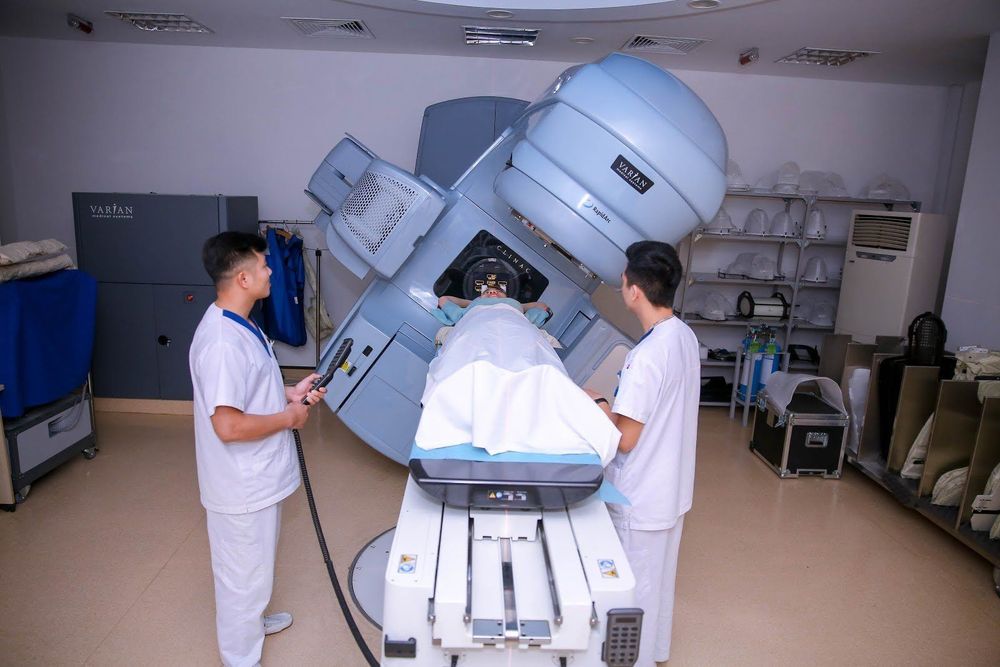
U lympho không Hodgkin có thể được điều trị bằng phương pháp xạ trị
1.4 Treating Non-Hodgkin's Lymphoma with Targeted Therapy damage to healthy cells.
Besides the 4 treatments for non-Hodgkin lymphoma, the doctor can assign patients to be treated with stem cell or marrow transplantation. Stem cell or bone marrow transplantation is considered an aggressive treatment for patients with advanced or recurrent non-Hodgkin lymphoma. Depending on the type of tumor, the doctor may prescribe this method to help prevent the recurrence of the disease.
Depending on the source of blood stem cell replacement, there are 2 types of transplantation: allogeneic (ALLO) and autologous (AUTO):
Allograft (ALLO): is a method of using stem cells from a healthy donor. . This method usually causes a rejection reaction when the donor cells damage the patient's tissue or organs. Autotransplantation (AUTO): is a method of using stem cells from the patient after being treated with high-dose chemotherapy.
2. Side effects of non-Hodgkin lymphoma treatment
The treatment of non-Hodgkin lymphoma can cause some side effects such as:Chemotherapy: Depending on the drug and dose used, chemotherapy can cause side effects such as: nausea and vomiting, loss of appetite, diarrhea, fatigue, rash, hair loss, anemia (temporary), high risk of infection. During treatment, most of these side effects can be controlled and after treatment they usually go away. In addition, chemotherapy can cause infertility, which is a late side effect after many years of treatment. Radiation therapy: In general, patients after radiation therapy for non-Hodgkin lymphoma may often experience fatigue and nausea. In addition, patients may experience side effects in areas of radiation reception such as: dry mouth, hair loss (temporary), skin reactions (mild), loss of bowel movements, pneumonia (radiotherapy). chest), transient anemia (radiation to the bone). After treatment, the side effects listed above usually go away. Like chemotherapy, radiation therapy can also cause some late side effects such as: effects on the heart, blood vessels, secondary cancers, reproductive health (radiation to the pelvis).

Rụng tóc là một trong những tác dụng phụ của điều trị u lympho không Hodgkin
3. How long do people with non-Hodgkin lymphoma live?
With the advancement of medical science, now, patients with non-Hodgkin lymphoma can be diagnosed and detected by advanced techniques such as MRI, PET scan or CT-scan to accurately determine the stage. stage of the disease (and assess the response to treatment), molecular biology tests to help classify the disease, and many modern treatment methods such as targeted therapy, immunotherapy, transplant bone marrow or stem cell transplantation,... has improved and extended the patient's survival time, even when the disease is advanced or the patient is elderly, thereby helping to improve the quality of life after treatment. of the patient.Studies have shown that up to 75% of non-Hodgkin lymphoma patients have good treatment response, high remission rate and prolonged survival time. However, to be effective in treatment, it depends on the stage of the disease, the type of disease, the way of care and above all, the psychology of the patient during treatment.
If you have unusual symptoms, you should be examined and consulted with a specialist.
Please dial HOTLINE for more information or register for an appointment HERE. Download MyVinmec app to make appointments faster and to manage your bookings easily.
MORE:
Hodgkin: Causes, symptoms, diagnosis and treatment Diagnosis of lymphoma with ultrasound Can treatment of non-Hodgkin lymphoma be delayed?





